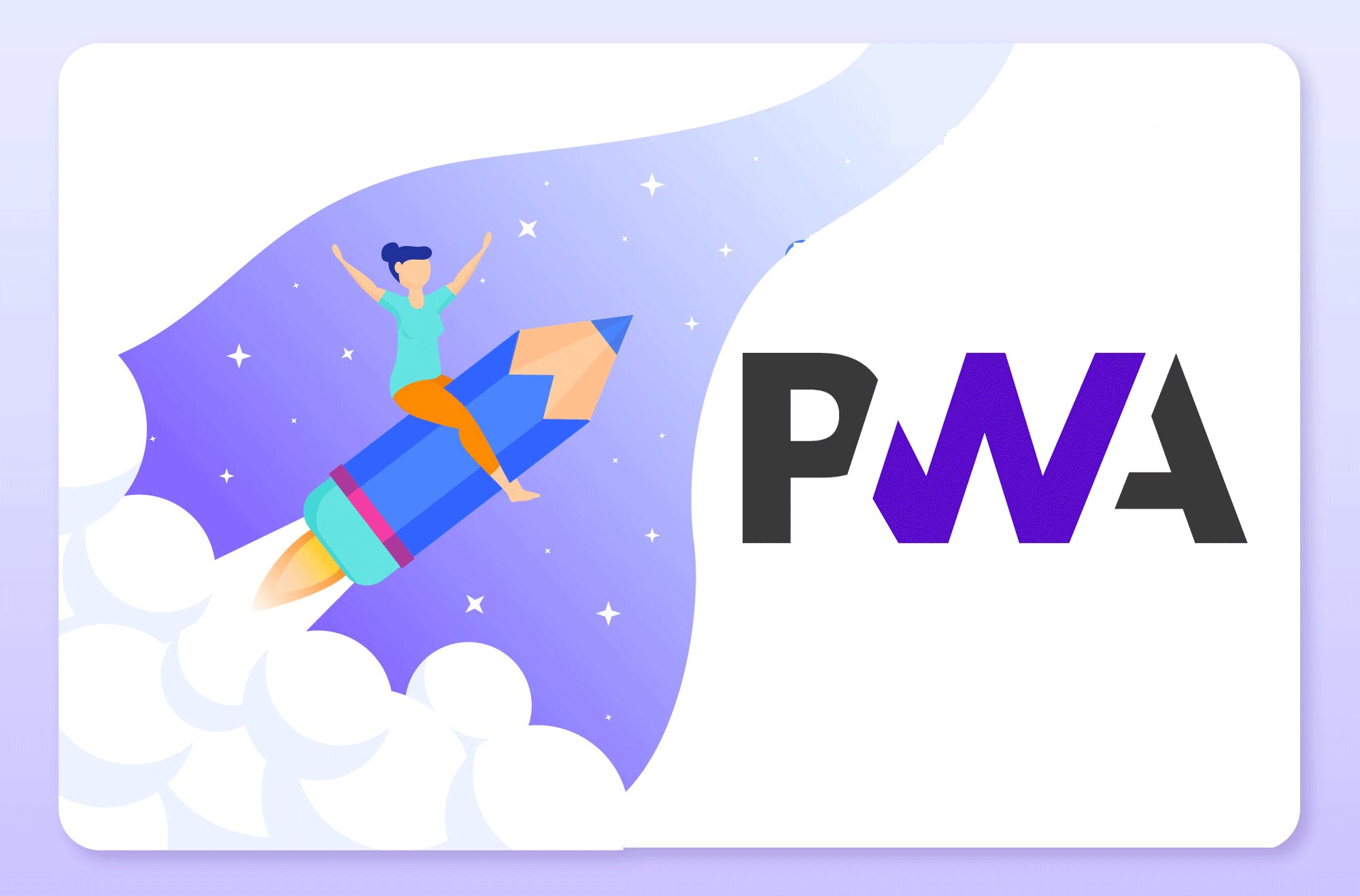What is a PWA?
Normally a PWA is a website that functions like a native app. PWA is a web application that is accessible to users, irrespective of their devices. It provides the usability of native apps. Progressive web application brings the best of both worlds by offering a good website experience while integrating the interface design and features of native applications.
It not only can load instantly, but it also responds easily to user interaction. A PWA feels like a normal application with an engaging user experience.

Characteristics of a PWA:
There are some distinct characteristics and factors that make an app a Progressive Web Application.
Below are mentioned some points that will help you to understand more about PWA.
Progressive – A PWA can work on any device, operating system, and browser. Users will be able to access your PWA regardless of browsers, devices, and systems.
Responsive: A PWA’s UI fits in any resolution and screen size. It looks good, regardless of the type of device. PWA works properly on all devices, including desktops, laptops, tablets, and mobile phones.
Connectivity Independent: You can access PWA without any internet connection. All you need to do is to download it and access it through your browsers. After downloading it, you do not require an internet connection to run the PWA form your device.
App-like interaction: A PWA looks and feels like a native application in different types of browsers. It easily fits with different device screens, and it is built on an application shell model with nominal page refreshes.
Fresh: Another advantage of the PWA is that it delivers fresh content on a regular basis. It does not require any update and looks similar on websites. Once you update your Progressive Web App, the changes automatically get occur on the user side, it means they do not suppose to update the PWA like a native app.
Safe: PWA is hosted on https, and does not require app store approval. PWA renders a more intimate user experience, and to avoid any type of spoofing of data, the PWA websites get hosted over HTTPS and it does not require app store approval.
Discoverable: PWA can be easily discoverable on search engines and work like websites. Search engines will index your PWA on related benchmark and SEO techniques will make it visible in SERP on the related queries.
Re-engageable: It is one of the major advantages of the PWA. You can send push notification and real-time alerts to your audience even if they are not running your app through their browser or device.
Installable: PWA is different from the native app because it can be easily installed. In a native app, you have to visit the play store and need to install whereas in PWA you can download from the browser.
Linkable: You can link your PWA on any website so that it can be discoverable to users. PWAs are zero friction, zero-install, and very easy to share.
Why should you build a PWA?
There are multiple reasons for building Progressive Web Apps
Quick response to the users: A PWA is highly responsive and compatible with different devices, which is a major advantage of PWA. It easily fits with the layout of different devices and provides prompt responses to the users.
Secure: It is safer than the conventional web apps, and is secured with HTTPS. PWAs are temper proof and can’t be vandalized.
Reliable despite network flows: more than 65 % of the world population uses 2G internet connection. And we all know how shoddy the 2G internet connection is. A PWA can functions offline because of the type of web worker-service worker.
Major components required for a successful Progressive Web Apps
HTTPS: PWA requires, secure servers, service workers can intercept network request and modify responses.
Service workers: Service worker is the technology behind a PWA. Service worker technology enables PWA to work offline. We can say that it lies in the heart of PWA, and it enables developers to build consistently fast web pages.
Web App Manifest: It is a JSON file and provides the information of devices about your PWA. It includes the name of your app, locations, the splash screens, the size of icons, the starting URL, and the default orientation, to name a few. The JSON file controls various attributes of your apps such as how it appears to the users, if it is discoverable or not, etc.
Conclusion: User experience is vital for your digital presence. A PWA provides a combined experience of native and web apps without any of the drawbacks. A Progressive Web App offers a faster, reliable, and more engaging user experience. A PWA optimized products are high performing, enhance customer experience, increase retention rates, and improve conversion rate.









